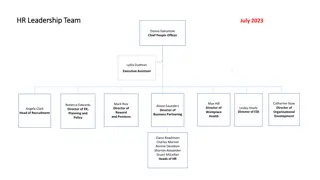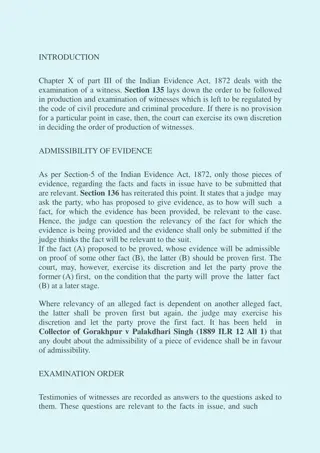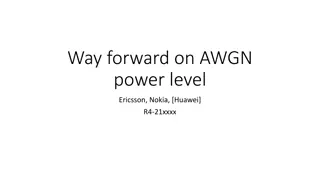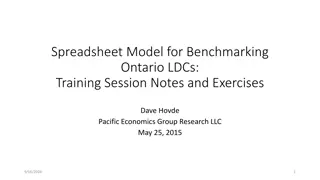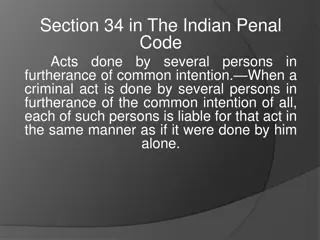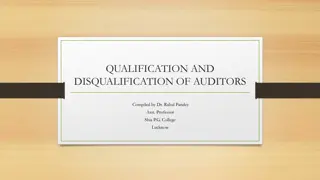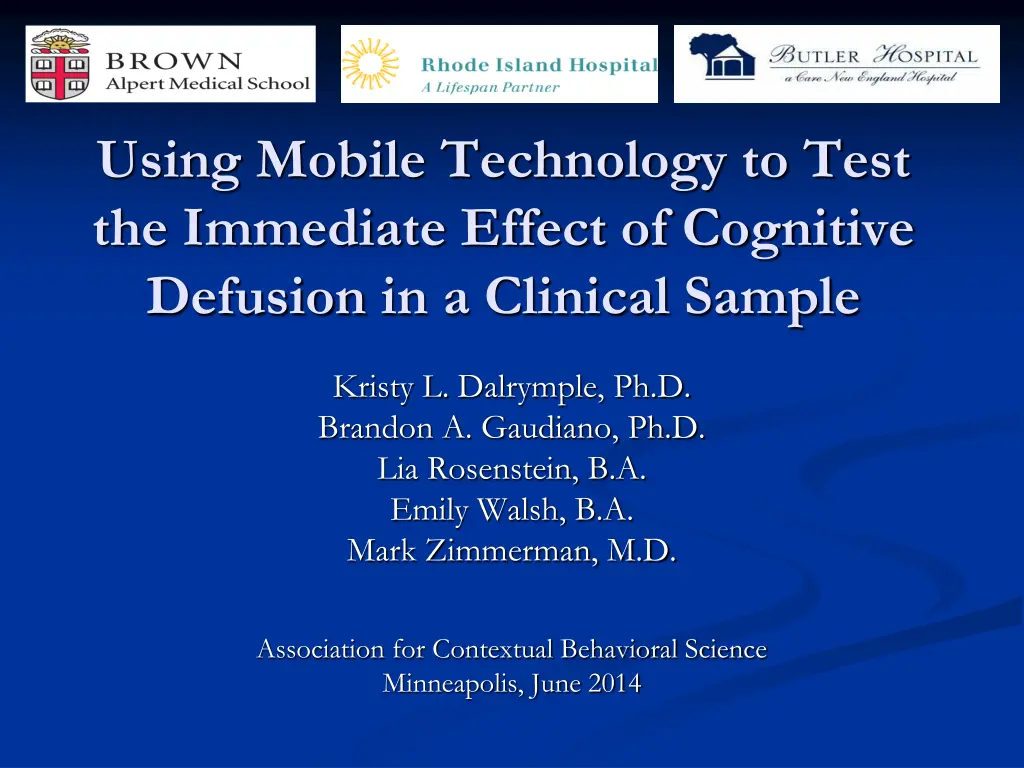
Testing Immediate Effect of Cognitive Defusion in Clinical Sample Using Mobile Technology
Explore how cognitive defusion impacts individuals with depression through a technology-based approach. The study aims to test the immediate effects of defusion on negative thoughts and assess the incremental impact of technology-enhanced defusion tasks.
Download Presentation

Please find below an Image/Link to download the presentation.
The content on the website is provided AS IS for your information and personal use only. It may not be sold, licensed, or shared on other websites without obtaining consent from the author. If you encounter any issues during the download, it is possible that the publisher has removed the file from their server.
You are allowed to download the files provided on this website for personal or commercial use, subject to the condition that they are used lawfully. All files are the property of their respective owners.
The content on the website is provided AS IS for your information and personal use only. It may not be sold, licensed, or shared on other websites without obtaining consent from the author.
E N D
Presentation Transcript
Rhode Island Hospital - A Lifespan Partner Using Mobile Technology to Test the Immediate Effect of Cognitive Defusion in a Clinical Sample Kristy L. Dalrymple, Ph.D. Brandon A. Gaudiano, Ph.D. Lia Rosenstein, B.A. Emily Walsh, B.A. Mark Zimmerman, M.D. Association for Contextual Behavioral Science Minneapolis, June 2014
Acknowledgements Grant Funding: NIMH K23MH085730 (PI: Dalrymple) Additional Research Assistants/students: Jennifer Martinez Elizabeth Tepe Trevor Lewis Kathryn Nowlan Special thanks to Dr. Akihiko Masuda!
Defusion Reducing attachment to thoughts by altering the context i.e., experiencing thoughts as thoughts I am having the thought that I m worthless Potential mediator of treatment effects Believability of thoughts in depression/psychosis (Zettle et al., 2011; Bach et al., 2013; Gaudiano et al., 2010)
Defusion and Depression Masuda, Twohig, et al. (2010)
Defusion and Depression Masuda, Feinstein, et al. (2010)
Current Study Rationale Preliminary evidence for defusion as a mediator/effective component No studies testing defusion in a clinical sample diagnosed with depression Technology-based defusion tasks being used clinically, but have never been tested Enhance treatment effects, increase generalization
Current Study Aims Recruit sample of individuals with clinical depression Isolate and test immediate effect of defusion on self-relevant negative thoughts Test incremental effect of technology-enhanced defusion task
Hypotheses 1. Defusion tasks lower thought distress & believability vs. thought distraction 2. Technology enhanced defusion (ECD) lower distress & believability vs. standard defusion (SCD) lower distress & believability vs. thought distraction
Participants 74 adults with current depressive disorder diagnosis Exclusions: Bipolar disorder Psychosis Active suicidal ideation Currently receiving ACT
Recruitment Referred by treatment provider based on diagnosis Or Responded to social media ad; then confirmed by brief diagnostic interview (SCID mood & psychosis modules) Compensated $10 for participation
Assessment Schedule Measure Baseline Post-Task1 Post-Task2 Demographics Form X CUDOS X AAQ-II X PANAS X X Thought Distress & Believability X X X Usefulness Scale X
General Procedures Initial Thought Selection Randomly Assigned to: Next-day Phone Call Repeated, Distressing, Believable (at least moderate severity) Follow-up Distress & Believability Did you practice? Standard Cognitive Defusion Enhanced Cognitive Defusion Thought Distraction
Standard Cognitive Defusion Rationale and training with milk Task 1: repeat self-relevant word for 20 sec. Task 2: same as Task 1
Enhanced Cognitive Defusion Rationale and training with milk Task 1: repeat self-relevant word for 20 sec. Record with Voice Changer app Task 2: playback recording in helium
Thought Distraction Rationale and training with milk Task 1: distract from self-relevant word for 20 sec. Task 2: distract again
Sample 75% female 82% Caucasian M Age = 42 41% never married, 34% married/cohabitating 41% HS/GED as highest degree 47% employed, 37% unemployed/disability Ns: SCD = 23; ECD = 24; TD = 27 Most common thoughts: failure, worthless
Primary Analyses Hypothesis 1: Overall, defusion will result in lower thought distress and believability ratings compared to thought distraction ANCOVAs for Task 1 and 2 ratings, controlling for pre task ratings
Thought Distress 9 8 Thought Distraction Defusions combined 7 6 5 4 Pre Task1 9 8 7 Thought Distraction Defusions combined 6 5 4 *p =0.03 3 2 Pre Task2
Believability 9 p = 0.07 8 Thought Distraction Defusions combined 7 6 5 4 Pre Task1 8 Thought Distraction Defusions combined 6 4 *p = 0.05 2 Pre Task2
Next Day Follow-up N=63 57% reported practicing strategy on own No difference between groups
Follow-up Ratings 70 60 *p = 0.05 50 Thought Distraction Defusions combined 40 30 20 10 0 Distress Believability
Primary Analyses Hypothesis 2: Enhanced cognitive defusion will produce an increased effect compared with standard defusion after Task 2 ANCOVAs separately for TD vs. SCD and TD vs. ECD
Thought Distress Task 2 6 5 Thought Distration 4 Standard Cognitive Defusion 3 Task1 Task2 7 6 Thought Distraction 5 *p = 0.03 4 Enhanced Cognitive Defusion 3 2 Task1 Task2
Thought Believability Task 2 6 Thought Distraction 5 4 Standard Cognitive Defusion 3 Task1 Task2 7 Thought distraction 6 5 Enhanced Cognitive Defusion 4 3 Task1 Task2
Thought Distress: SCD vs. ECD 6 5 Standard Cognitive Defusion Enhanced Cognitive Defusion d = 0.43 4 d = 0.75 3 Between Cohen s d = 0.31 2 Task1 Task2
Believability: SCD vs. ECD 6 5 Standard Cognitive Defusion Enhanced Cognitive Defusion d = 0.42 4 d = 0.70 3 Between Cohen s d = 0.35 2 Task1 Task2
Acceptability 7 6 5 4 TD SCD ECD 3 2 1 0 Useful Easy Would use again
Discussion Hypothesis 1 supported Effect of defusion combined > thought distraction by Task 2 Partial support for Hypothesis 2 For Task 2 distress, ECD > TD but SCD not > TD Consistent with other studies on non-clinical populations Acceptable strategies
Implications Converging evidence that defusion is an important part of model Technology-enhanced defusion at least as effective & easy to use as standard defusion Introduces an additional contextual manipulation that may enhance defusion effect Mobility & low-cost may facilitate greater practice, generalization
Limitations Small sample size Low power for direct SCD-ECD comparisons Missing next-day follow-up data Clinician diagnoses versus brief diagnostic interview
Future Directions Test in larger sample Cognitive restructuring (CR) as comparison rather than thought distraction Yovel et al. 2014: CR vs. CD after mood induction Similarly effective in improving mood Operated through different appraisal vs. acceptance mechanisms Take-home component: practice on own, come back for follow-up


